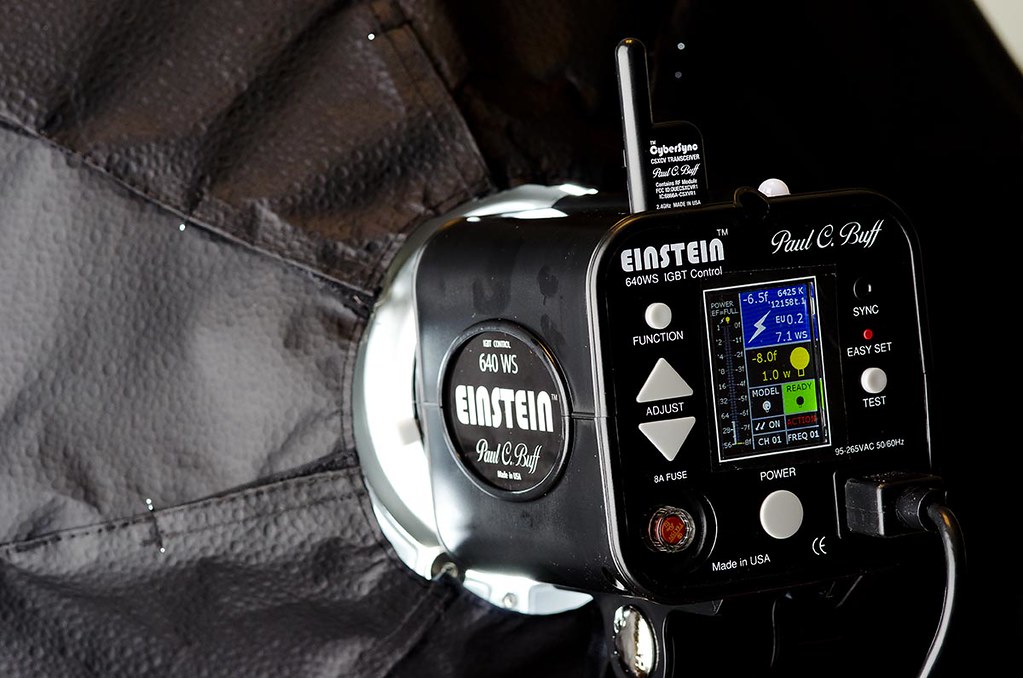WhiteLight
Senior Member
Have been going through this dilemma for a while now, and i have had a LOT of help from members here - Thank you.
I had decided on getting the Einstein series as i have heard a lot about them, and they are tried and tested.
These are why i am thinking i may not get the Einsteins-
a) International sellers (1st line - PCB EU & AU) charge a lot more and the USA site does not deliver internationally. Costs work out to almost 50% more.
b) buying from the USA site and then getting it here could be a hassle.
c) even if i did get it here somehow, if there are any issues, i would have to send the equipment back to USA & shipping charges obviously borne by me and they would ship back only to a USA address.
d) payments from international cards NOT accepted. Has to be a USA credit card/banking account.
Taking these into consideration, i decided to look at the Elinchrom series, which has some presence here.
After a bit of a research i have learned the RX series are good to start with & the ones lower than those are not worth investing in.
my budget for the entire lighting setup is between $1000 to $1500.
any advice is greatly appreciated
I had decided on getting the Einstein series as i have heard a lot about them, and they are tried and tested.
These are why i am thinking i may not get the Einsteins-
a) International sellers (1st line - PCB EU & AU) charge a lot more and the USA site does not deliver internationally. Costs work out to almost 50% more.
b) buying from the USA site and then getting it here could be a hassle.
c) even if i did get it here somehow, if there are any issues, i would have to send the equipment back to USA & shipping charges obviously borne by me and they would ship back only to a USA address.
d) payments from international cards NOT accepted. Has to be a USA credit card/banking account.
Taking these into consideration, i decided to look at the Elinchrom series, which has some presence here.
After a bit of a research i have learned the RX series are good to start with & the ones lower than those are not worth investing in.
my budget for the entire lighting setup is between $1000 to $1500.
any advice is greatly appreciated

